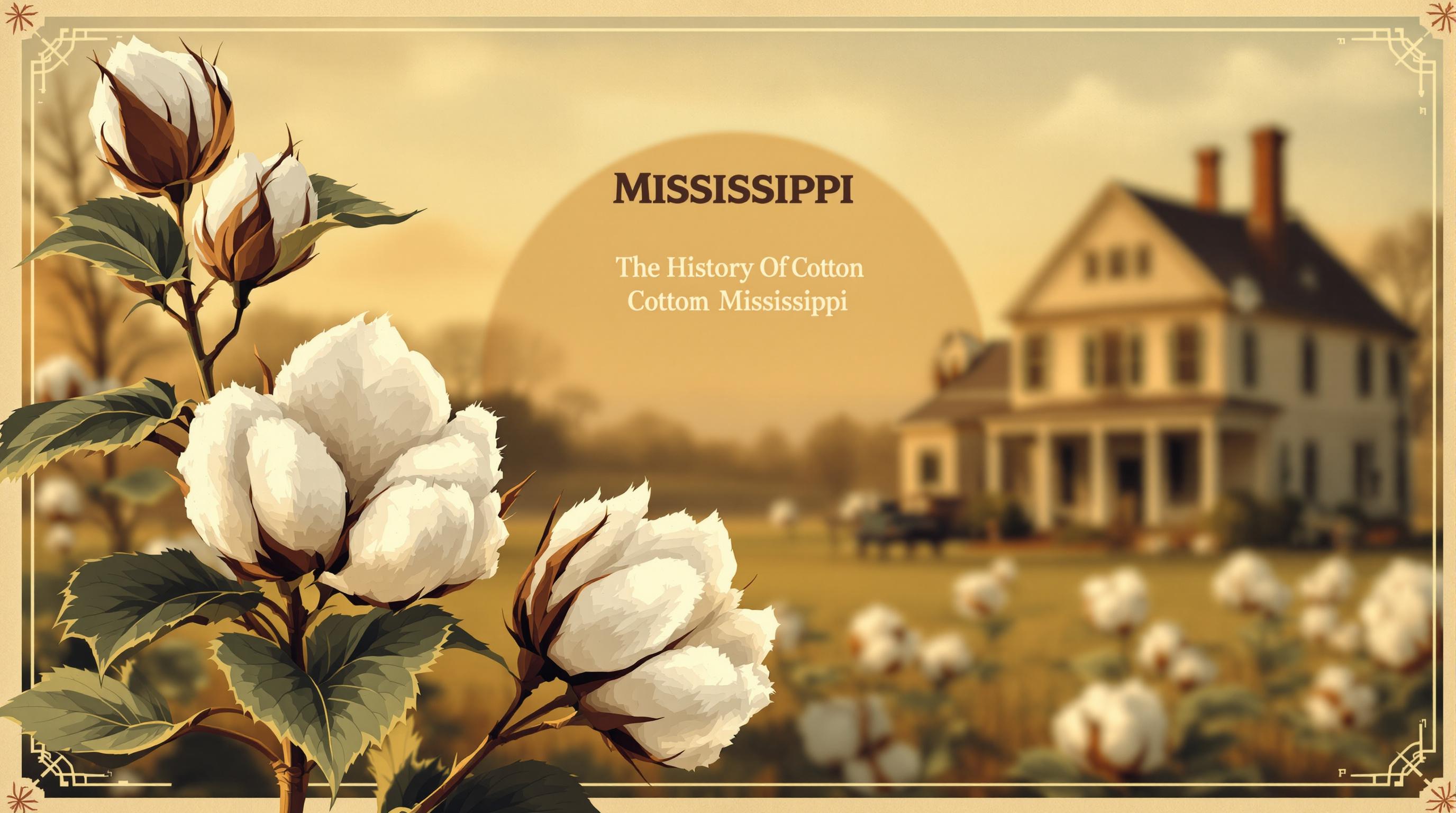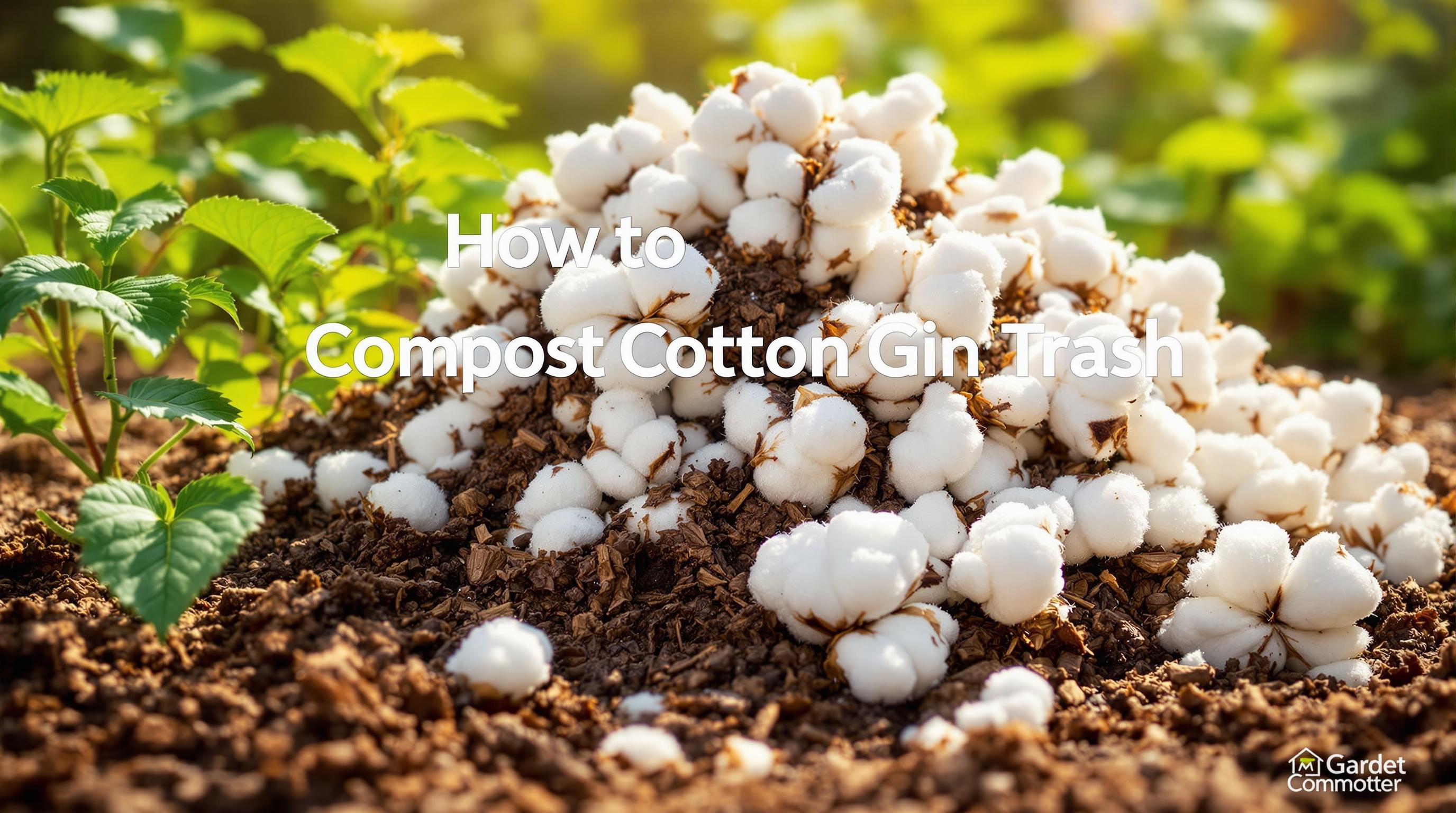Why Yield Potential Starts with the Right Variety Choice
You've planted enough seasons to know that no amount of perfect weather or timely inputs can make up for a variety that underperforms in your fields. Selecting high-yielding cotton varieties isn't just about chasing the highest numbers on a seed bag—it's about matching genetics to your soil, climate, and management style to consistently push boll counts and lint quality without excessive risks. In variable environments, the right pick can mean 200-300 extra pounds per acre, turning marginal years into profitable ones.
Extension trials across U.S. cotton belts demonstrate that high-yielding varieties, when well-matched, can increase output by 15-25% over standard lines, particularly in stress-prone areas where tolerance to drought or pests preserves potential. Factors like fiber length, micronaire stability, and disease resistance all interplay with yield, but prioritizing varieties bred for high performance ensures you capture premiums while minimizing losses. For seasoned growers, this means going beyond yield data to consider agronomic fit, drawing on regional trials and on-farm tests to refine choices that align with your rotation and input budget.
If you're optimizing for resilience, pair this with our Adapting Cotton Farming to Climate Change: Strategies for Resilience for environmental synergies.
Evaluating Yield Data from Reliable Sources
Yield claims abound, but discerning real potential requires scrutinizing data from independent sources—selecting high-yielding cotton varieties demands cross-referencing multiple trials to avoid hype and identify consistent performers.
- University OVT Results: Look for multi-year, multi-location data; varieties topping charts in 3+ sites over 2 years offer reliability, with averages often 1,400-1,600 lbs/acre in irrigated systems per aggregated reports.
- On-Farm Trials: Participate or review grower-led evaluations; these reflect real-world management, showing 10-15% variance from controlled plots but highlighting adaptability in your soil type.
- Company Strip Trials: Seed firms' large-plot tests provide side-by-side comparisons; focus on relative rankings rather than absolute yields, as top performers outyield checks by 100-200 lbs consistently.
Compile data in spreadsheets for side-by-sides; annual USDA planted variety reports reveal popularity trends, indicating field-proven options. Challenges like regional bias in trials are mitigated by focusing on your belt's data—Southeast favors storm-proof types, while Southwest prioritizes drought tolerance.
Key Traits to Prioritize in High-Yield Varieties
Yield doesn't exist in isolation—selecting high-yielding cotton varieties involves balancing output with traits that sustain performance under pressure, ensuring quality doesn't suffer.
- Disease Resistance Packages: Seek RKN, bacterial blight, and fusarium tolerance; high-yield lines with stacked resistances cut losses by 20-30% in infested fields, per extension pathology studies.
- Fiber Quality Metrics: Aim for micronaire 3.5-4.9 and strength >30 g/tex; varieties maintaining these under high boll loads fetch premiums, adding 2-5 cents/lb without yield trade-offs.
- Maturity and Storm Proofing: Mid-full maturities maximize heat units for yield but risk late weather; storm-proof bolls in high-yield types preserve 10-15% more lint in windy harvests.
Use variety guides for trait scores; biotech enhancements like Bt/WideStrike amplify yields by reducing pest drags. Challenges in trait stacking include higher seed costs—offset by 100+ lbs/acre gains.
Regional Considerations for Variety Selection
No variety excels everywhere—tailor selecting high-yielding cotton varieties to your belt's unique conditions for optimal adaptation and performance.
- Southwest Arid Zones: Prioritize drought-tolerant, early-maturity types like PHY 357 W3FE; these yield 1,400-1,500 lbs in limited water, with deep roots accessing subsoil moisture per regional trials.
- Southeast Humid Areas: Focus on bacterial blight-resistant, storm-proof varieties like DP 1646 B2XF; high humidity demands fungal tolerance, sustaining 1,200-1,400 lbs despite rot risks.
- Mid-South Variable Climates: Mid-full maturities with RKN resistance, such as ST 4215AXTP, balance heat/drought; averages 1,300-1,500 lbs with strong fiber packages.
Consult local extension for OVT summaries; on-farm strips confirm fit. Challenges like shifting pests require annual reviews for emerging resistances.
On-Farm Testing and Performance Validation
Seed catalogs promise the world, but your fields tell the truth—incorporate on-farm trials when selecting high-yielding cotton varieties to validate claims under your management.
- Strip Trial Setup: Plant 3-5 candidates in replicated strips; use GPS for mapping, harvesting separately to compare yields/fiber—differences of 100+ lbs indicate winners.
- Data Collection Protocols: Track emergence, vigor, boll set; lab test samples for quality; software like FarmLogs aggregates for statistical analysis, revealing 5-10% edges.
- Multi-Year Evaluation: Test over 2-3 seasons; consistent top performers earn full-field status, as single-year anomalies mislead.
Budget $50-100/acre for trials; co-ops share costs. Challenges in variability are minimized by randomized blocks; extension guides setup.
Economic Analysis: Cost vs. Benefit of High-Yield Varieties
Premium seeds demand justification—balance upfront expenses with returns when selecting high-yielding cotton varieties for net gains.
- Seed Cost Breakdown: High-yield options add $20-40/acre over standards; but 150-300 lb increases at $0.70/lb return $105-210, yielding 3-5x ROI per calculations.
- Input Synergies: Tolerant traits cut pesticide/fertilizer by 10-20%; savings of $30-50/acre compound with yield lifts.
- Market Premiums: Superior fiber from high-yield lines adds 2-5 cents/lb; for 1,400 lb yields, that's $28-70 extra revenue.
Use spreadsheets for scenarios; challenges in low prices emphasize cost-per-bale metrics. Track via farm software for refinements.
Integrating Varieties with Management Practices
High-yielding genetics shine with support—align selecting high-yielding cotton varieties with tillage, nutrients, and pests for amplified results.
- Tillage Compatibility: Pair deep-rooted varieties with reduced till; this enhances water access, boosting yields 10% in conservation systems.
- Nutrient Timing: High-yield lines demand split N applications; 30% at bloom sustains boll fill without rank growth.
- IPM Alignment: Bt-stacked varieties reduce scouts; thresholds drop 15% with built-in protection.
Annual adjustments refine; challenges like over-fertilization are countered by tissue tests.
Overcoming Common Selection Pitfalls
Even experts misstep—avoid traps in selecting high-yielding cotton varieties for consistent success.
- Over-Reliance on Yield Alone: Balance with quality/disease scores; high-yield flops in infested fields lose 20-30% potential.
- Ignoring Local Data: National averages mislead; prioritize regional OVTs for 10-15% more accurate predictions.
- Skipping Trials: Catalog hype disappoints; on-farm validation confirms fit, averting $50-100/acre losses.
Peer networks share lessons; iterative learning optimizes.
Regional High-Yield Variety Recommendations
Tailor selections to your area—selecting high-yielding cotton varieties varies by belt for targeted performance.
- Southwest: Drought-tolerant like FM 765AX; averages 1,400 lbs with strong fiber in limited water.
- Southeast: Blight-resistant DP 1646 B2XF; sustains 1,300 lbs amid humidity.
- Mid-South: RKN-tolerant ST 4215AXTP; 1,400 lbs with even maturity.
Local extensions update; trials confirm.
Case Studies: High-Yield Success Stories
In the Texas High Plains, a grower switched to PHY 433 W3FE, lifting yields 200 lbs/acre through RKN resistance, per on-farm data. Georgia operations with PHY 357 W3FE cut losses 15% in wet years, improving margins.
These illustrate wins; adapt for your scale.
Future Innovations in High-Yield Breeding
Gene editing, like CRISPR, promises 20% yield jumps; drought/heat stacks address climate shifts.
Stay informed via breeders; early adoption edges.
Sustainable Selection for Long-Term Viability
Eco-traits in high-yielding varieties reduce impacts—selecting high-yielding cotton varieties with low-input needs aligns with premiums.
- Reduced Chemical Lines: Bt/herbicide stacks cut sprays 20-30%.
- Water-Efficient Genetics: Save 15% irrigation; certifications add value.
- Carbon-Sequestering Potential: Deep roots build soil; credits supplement income.
Sustainability audits validate; market demands reward.
Variety Comparison Table
To illustrate differences, here's a comparison of popular high-yielding cotton varieties based on general industry data:
| Variety | Average Yield (lbs/acre) | Fiber Quality | Region Suitability | Disease Resistance |
|---|---|---|---|---|
| PHY 357 W3FE | 1500 | High | Southwest | RKN, Bacterial Blight |
| PHY 433 W3FE | 1450 | Medium-High | Mid-South | Verticillium Wilt |
| DP 1646 B2XF | 1400 | High | Southeast | Fusarium |
| ST 4215AXTP | 1550 | Medium | North Delta | RKN |
| FM 765AX | 1480 | High | Texas High Plains | Bacterial Blight |
This table highlights key attributes; consult local trials for specifics.
Measuring and Refining Selection Success
Track outcomes to evolve by selecting high-yielding cotton varieties.
- Yield/Quality Metrics: Compare to checks; 10% gains validate choices.
- Cost-Per-Bale: Lower with efficient varieties; aim $0.50-0.70/lb.
- Sustainability Indexes: Reduced inputs signal long-term wins.
Annual reviews adjust; software aids analysis.
For profit tracking, explore our Cotton Farming Profit Analyzer.
Actionable Takeaways for Your Variety Plan
Implement these for selecting high-yielding cotton varieties:
- Evaluate Data: Cross-reference OVT/on-farm trials; prioritize consistency.
- Balance Traits: Yield + resistance/quality; test for fit.
- Regional Tailor: Match to climate/soil; trial locally.
- Integrate Management: Align with tillage/nutrients; monitor performance.
- Refine Economically: Calculate ROI; adapt annually.
Selecting high-yielding cotton varieties optimizes potential, ensuring resilient profitability. For tillage, visit our Innovative Cotton Tillage Practices for Soil Conservation.
High yielding cotton varieties, when chosen wisely, position your farm for enduring success amid evolving demands.


